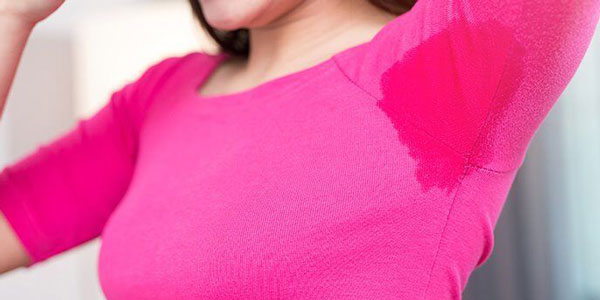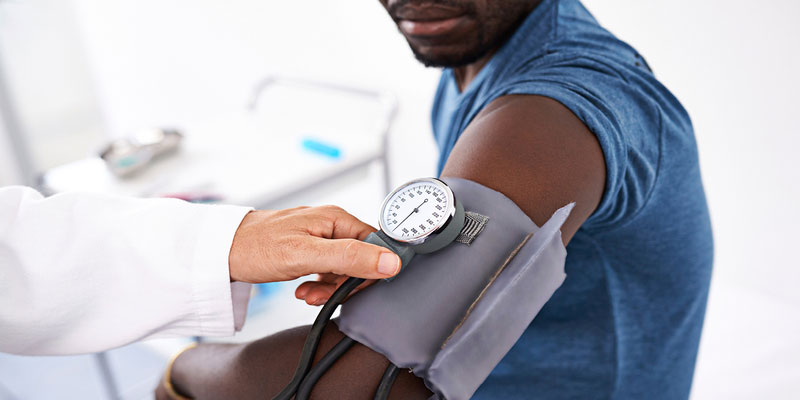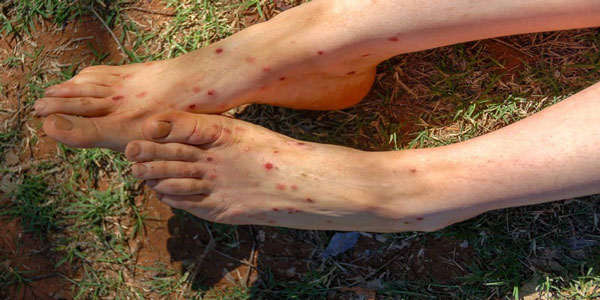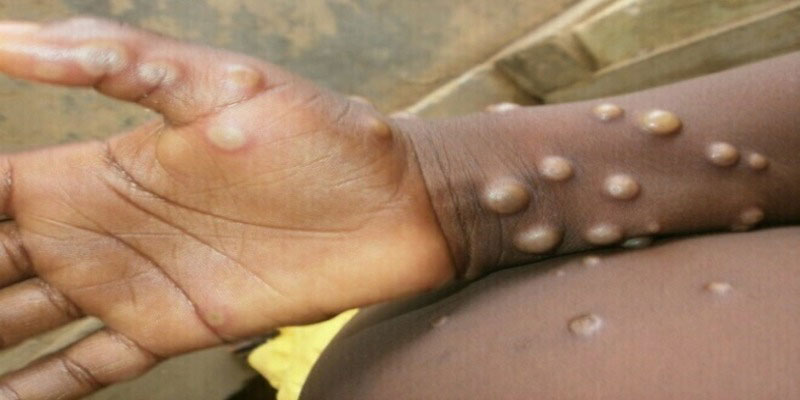You may need to attempt various treatments, or a combination of them, to get relief from your hyperhidrosis. The treatment you receive will be determined by the area of your body affected by the condition. "You need to keep in mind that just because something isn't functioning doesn't indicate that it doesn't work; it can just not be enough.
This is especially important when dealing with complicated problems. It's possible that getting it under control would need a combination of many different treatments. "In an interview with Health, Adam Friedman, MD, a professor of dermatology at the George Washington School of Medicine and Health Sciences, said the following: Many treatments may be required for those who sweat in different portions of their bodies.
Antiperspirants for a Variety of Body Parts
According to the International Hyperhidrosis Society, antiperspirants may assist by temporarily shutting up sweat ducts, which results in less sweating. Because these treatments are not intrusive and do not need much money, they are often the first treatments employed.
Because of this, Dr. Friedman recommends to his patients that they apply antiperspirants to their underarms before bed to prevent any overnight sweating that may occur. When treating mild hyperhidrosis, he suggests using an antiperspirant every night for three weeks, after which the frequency of application should be reduced to three times a week.
If not applied properly, many stronger over-the-counter and prescription antiperspirants might cause burning and irritation on the skin. He recommends against doing so. Dr. Friedman recommends that consumers remove antiperspirants from their bodies the first morning to prevent skin irritation. You should discuss your options with your primary care physician.
Topical Wipes For Underarms
As stated by Dr. Friedman, the prescription drug Qbrexza is an "anticholinergic," a kind of medication that prevents sweating by blocking the nerve signal that normally activates the sweat gland. United States Food and Drug Administration (FDA) approval for this therapy of primary axillary hyperhidrosis was granted in 2018. "Qbrexza cloths are incredibly effective when used appropriately and are approved for use down to the age of 9," Dr. Glaser says.
Botox Treatments for a Variety of Areas
When topical treatments are not successful in treating severe primary axillary hyperhidrosis, the FDA has authorized the use of Botox, also known as onabotulinumtoxinA. According to Dr. Friedman, the neurotoxin onabotulinumtoxinA can temporarily stop the release of the chemical that stimulates the sweat glands in the body.
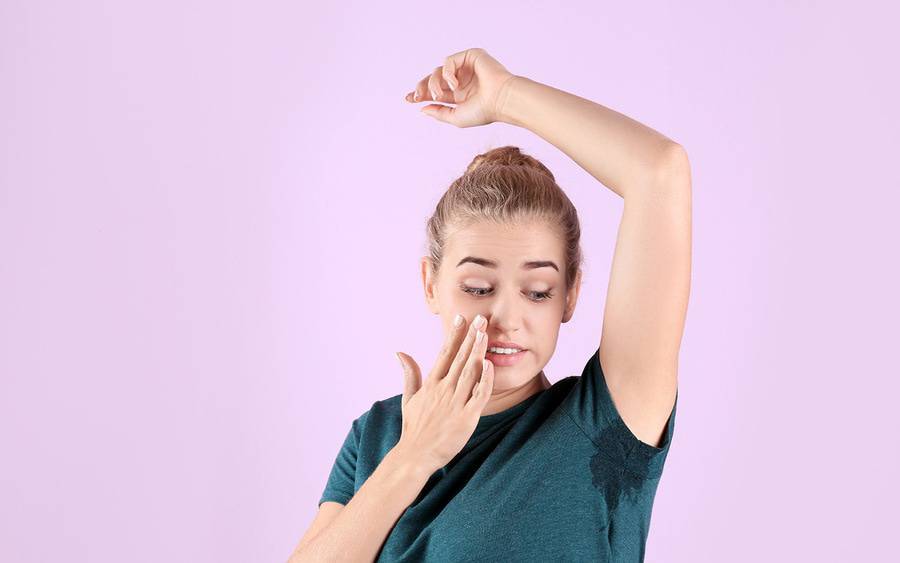
According to the IHS, "The botulinum toxin "turns off" sweating in the region where it has been injected by obstructing or interfering with the transmission of a chemical signal. Injections of Botox are relatively superficial, which means that the drug is injected just a little distance below the surface of the skin, where it continues to be effective."
Botox is not permitted for excessive sweating on other regions of the body; nevertheless, dermatologists may use it with care in extreme situations when no other therapy is effective. Botox is not approved for use on other parts of the body for excessive sweating. For instance, according to Dr. Freidman, administering Botox to the hands may be challenging due to the thick skin covering the palms, making it difficult for the drug to penetrate the skin. In addition, he explains, "there are a lot of nerve endings in the fingers and hands, and getting Botox injections there may be painful."
Laser for Underarms
According to the IHS, most research employing laser therapy for underarm sweating are just case reports. Case reports are not controlled and include a small number of patients. As a result, no conclusive evidence supports the use of laser therapy to treat hyperhidrosis. However, some physicians do provide it.
Most laser operations may be finished in less than an hour. According to the Institute of Health Services (IHS), during the operation, surgeons make tiny incisions in the underarm to target and kill sweat glands using lasers.
Iontophoresis Treatment for both the Hands and the Feet
According to the IHS, this therapy for hyperhidrosis of the feet and hands has been utilized since the 1940s and normally requires treatments once per week.
An iontophoresis device is a piece of equipment that, as defined by AAD, is a machine that creates a low-voltage current. It achieves this effect by temporarily blocking the sweat glands in the skin. You will place your hands or feet in a shallow pan where the stream will flow through. According to the IHS, you may have to attach electronic patches to your skin to treat other portions of your body for the machine to recognize them.
miraDry for Underarms
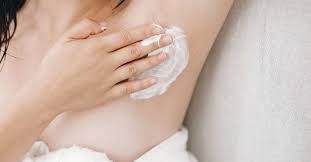
The FDA authorizes this therapy for axillary hyperhidrosis. It involves the use of a portable device to deliver microwave energy to the areas of the skin that contain sweat glands. According to the IHS, the heat it creates destroys or severely damages the sweat glands in the underarm.

